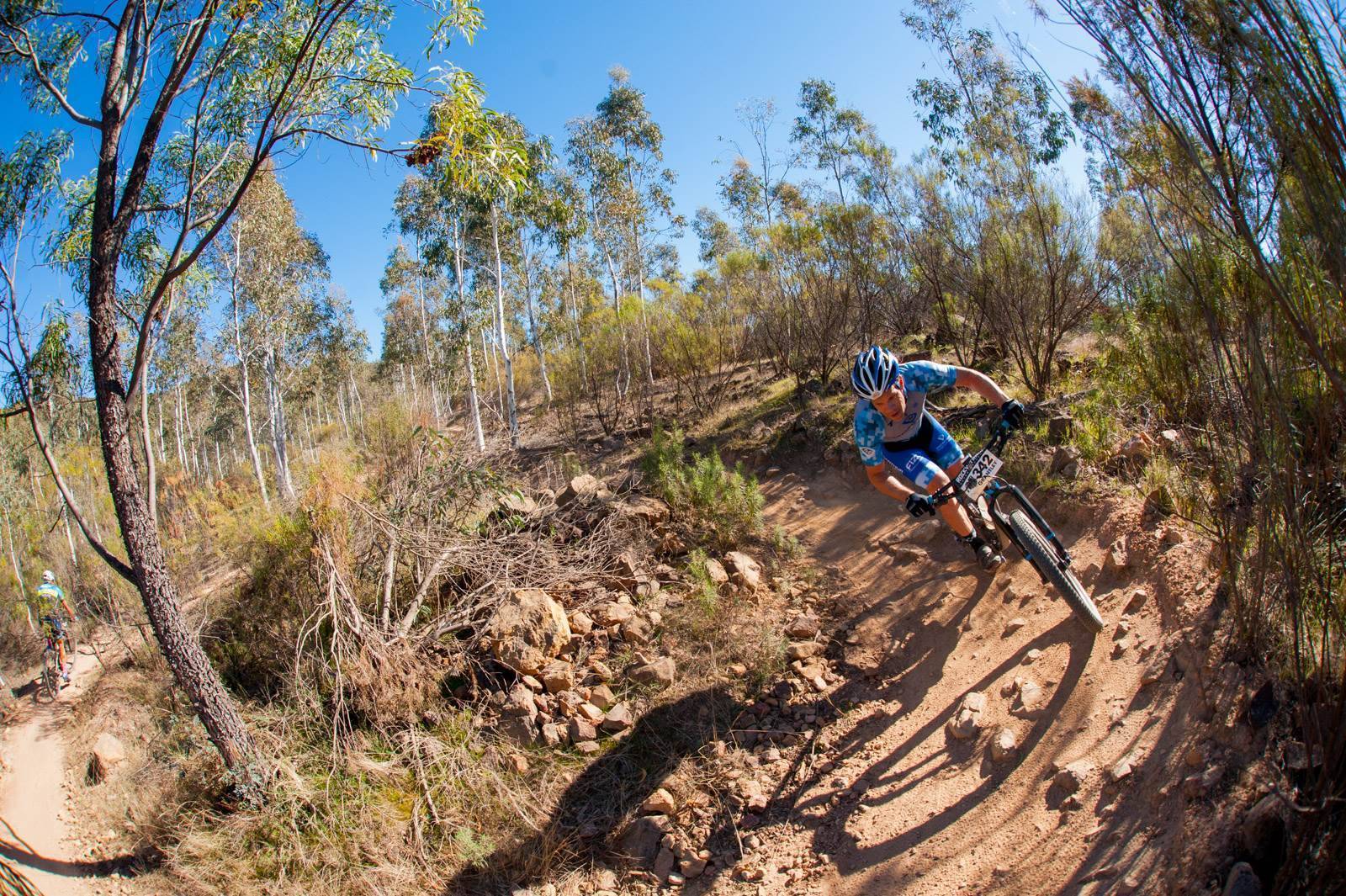Gaining The Most From Your Off-Season
The off-season can be a great time to reset the body and mind after a tough racing season. Find out how to 'off-season' with Jenni King!
Words: Jenni King
With the summer season nearing its end and the colder months on their way, many of you will be thinking about taking a well-earned rest. While it is important to take a break from training and racing, for both physical and mental recuperation, it is also important to be mindful of how quickly fitness levels will drop during a period of little to no exercise. Most research shows that physiological performance declines quite rapidly on complete rest. This is largely due to lower stroke volume and cardiac output resulting in reduced maximal oxygen uptake (VO2). While it may well have taken weeks, if not months, to increase your lactate threshold; on complete rest it doesn’t take very long for it to return to baseline levels. Unfortunately the research suggests that there is a lot of truth in the belief that it takes twice as long to gain fitness as it does to lose it!

It’s not all bad news though. For those of you finishing a long, hard race season or summer of bulk riding and craving “break time”, this is still a highly important phase and it certainly shouldn’t be skipped. It is inevitable that some amount of detraining will occur and fitness levels will drop while you take a break. The key is not to let levels drop so much that you drift right back to base-line levels therefore undoing all of the hard work you put in during last year’s pre-season training. In this article I have outlined some pointers on how you can gain the most out of your off-season / winter training while feeling refreshed and ready to go when it comes time to start building the base miles again.
TAKE A SHORT BREAK
Firstly, as I’ve already mentioned, it is imperative to take a short period of total time-out. This is particularly the case if you have been training hard for longer than a couple of months. Training at high intensities or for long durations is both mentally and physically taxing. Hopefully, you will have incorporated rest days and recovery weeks into the training plan on a regular basis, to reduce fatigue levels and allow for fitness adaptation. It is also most important to include a longer period of rest at the end of your main race season. Those athletes who attempt to skip this important “break phase”, quite often fall apart a few months down the track and risk burn-out.

So how long to take off? Studies indicate that significant losses in aerobic capacity are not seen until 2-3 weeks of no exercises whatsoever. After this point, a much more rapid decline in fitness is seen. I would therefore suggest taking approximately this amount of time totally off. Use the extra time you have to evaluate your previous season, set goals for your upcoming season and get out and enjoy the things you don’t normally have the time to do!
EASE BACK INTO TRAINING WITH LESS STRUCTURE AND INCLUDE MORE CROSS TRAINING
Following a 2-3 week period of inactivity, I recommend easing yourself back into training with less structured riding and also more cross training. Exercise when you feel like it; not because you have to and don’t worry about your heart rates or power during this phase. This is the perfect time of year to get out and enjoy some different forms of exercise.

Participating in different activity to the usual cycle action, will allow you to build fitness while keeping the “fun” in training. As a general rule, training should become more specific to your goal-event the closer you get to it and there is no reason why you shouldn’t incorporate more cross-training while you are a long time away from competing. Ideally, try to stick to similar-mode exercise to gain most benefit. Activities such as hiking, rock-climbing, off-bike strength training (gym) and swimming all work very well in maintaining cardiovascular fitness as well as muscular strength. Then, when it is time to get more structured and specific with your training, you won’t have lost much fitness and most importantly will feel mentally refreshed and ready to go.
MAINTAIN FITNESS WITH INTENSITY RATHER THAN VOLUME
During your off-season there is no reason to feel you have to keep up the duration of rides and overall volume of training. I’m sure you will get plenty of ‘saddle-time’ completed during your base phase of training later on. Most research shows that fitness is far better maintained by frequently including some intensity rather than slogging out long training sessions.

A study performed by 2 highly regarded sports physiologists, Mujika and Padilla, looked at:
“Detraining following an insufficient training stimulus period longer than 4 weeks, as well as several strategies that may be useful to avoid its negative impact”
(Majika and Padilla, 2000)
The authors concluded that:
“All these negative effects (of detraining)can be avoided or limited by reduced training strategies, as long as training intensity is maintained and frequency reduced only moderately. On the other hand, training volume can be markedly reduced”
(Majika and Padilla, 2000)
There are many other studies that support the theory that regular sessions consisting of short bouts of high intensity exercise will maintain the majority of aerobic adaptations in terms of VO2 max, heart size and mitochondrial content. This is definitely good news for the time-poor athlete!
Referenced Article
Mujika, I. and Padilla, S. (2000). Detraining: Loss of Training-Induced Physiological and Performance Adaptations. Part II. Sports Medicine, 30(3), pp. 145-154.







